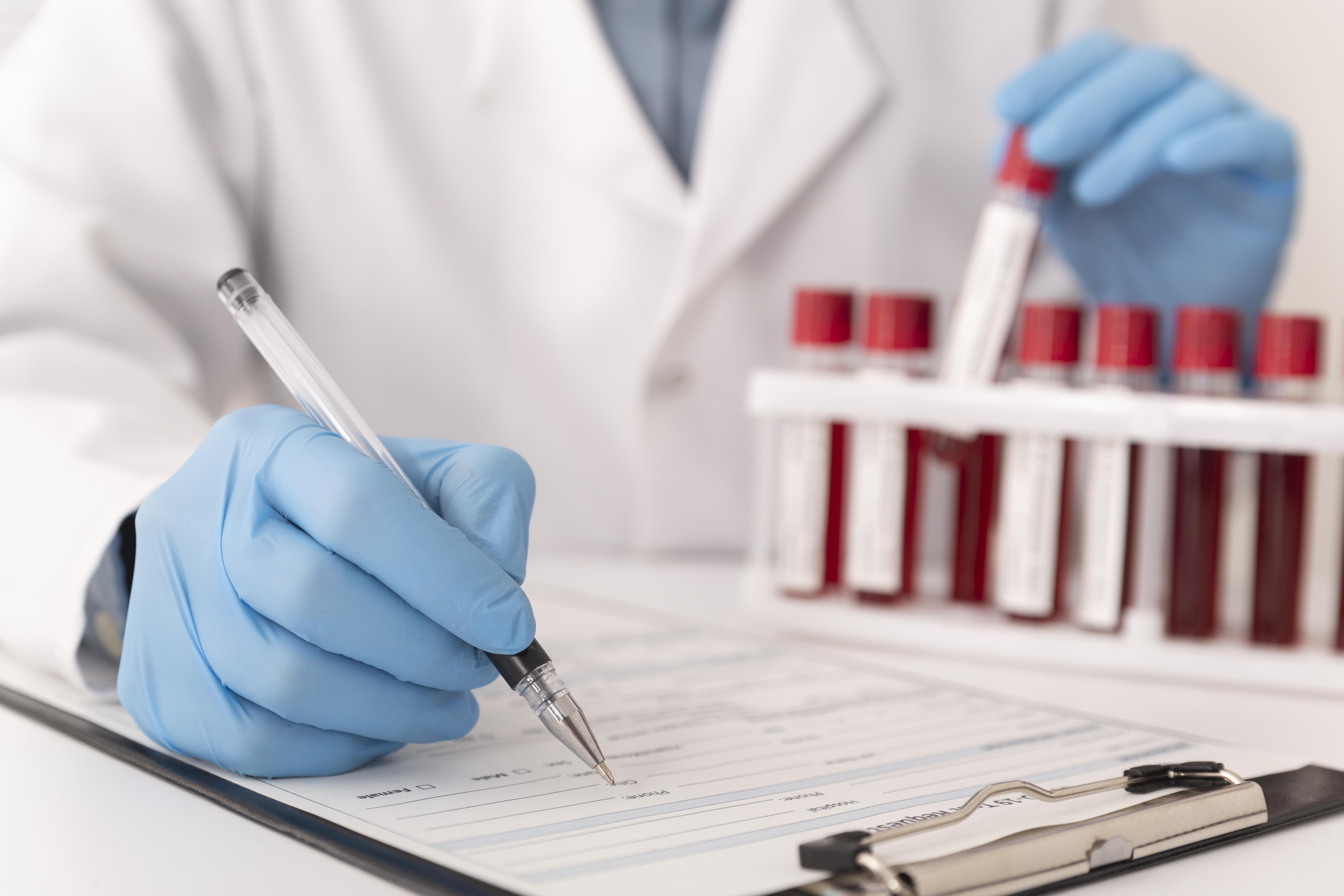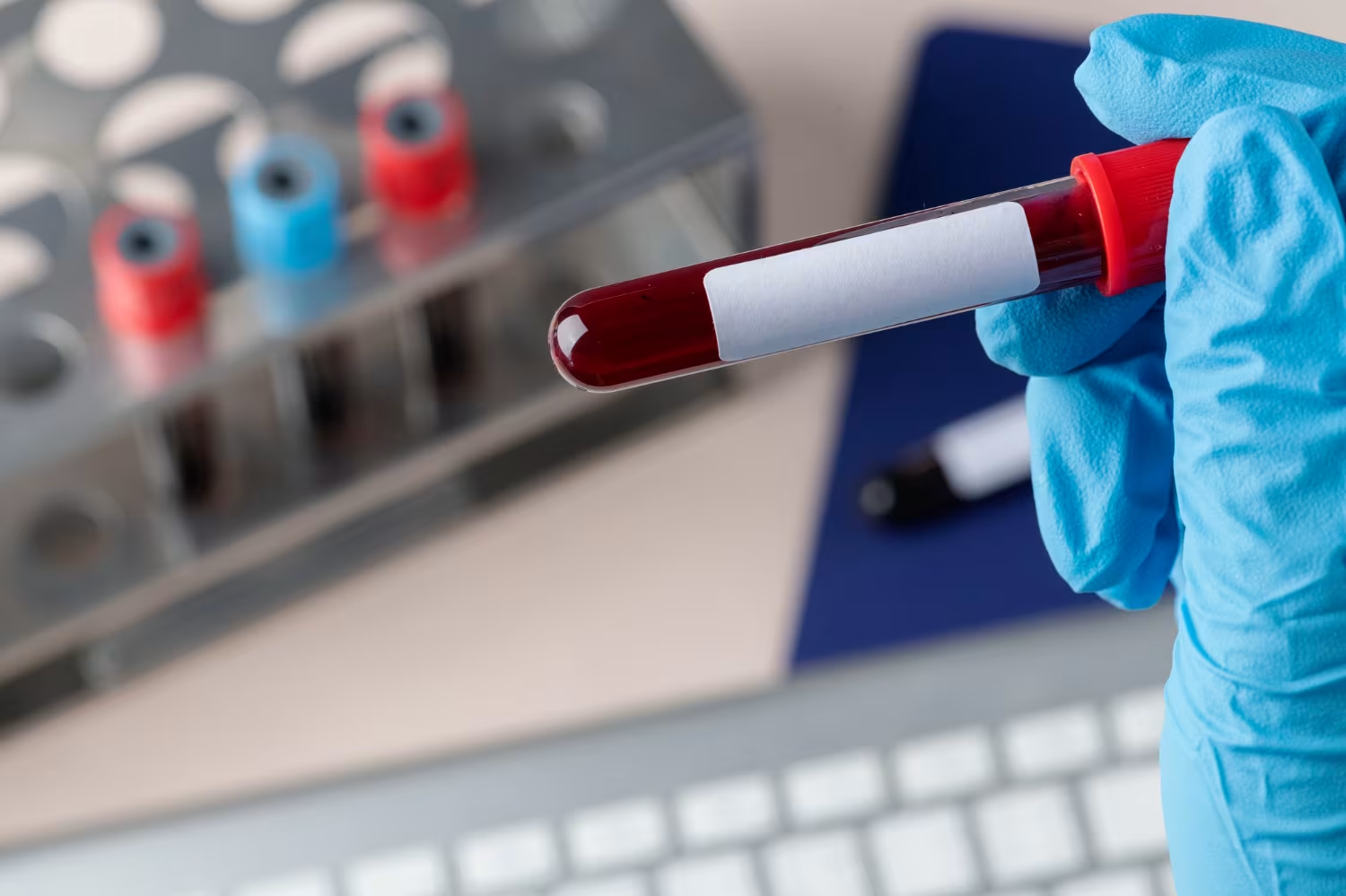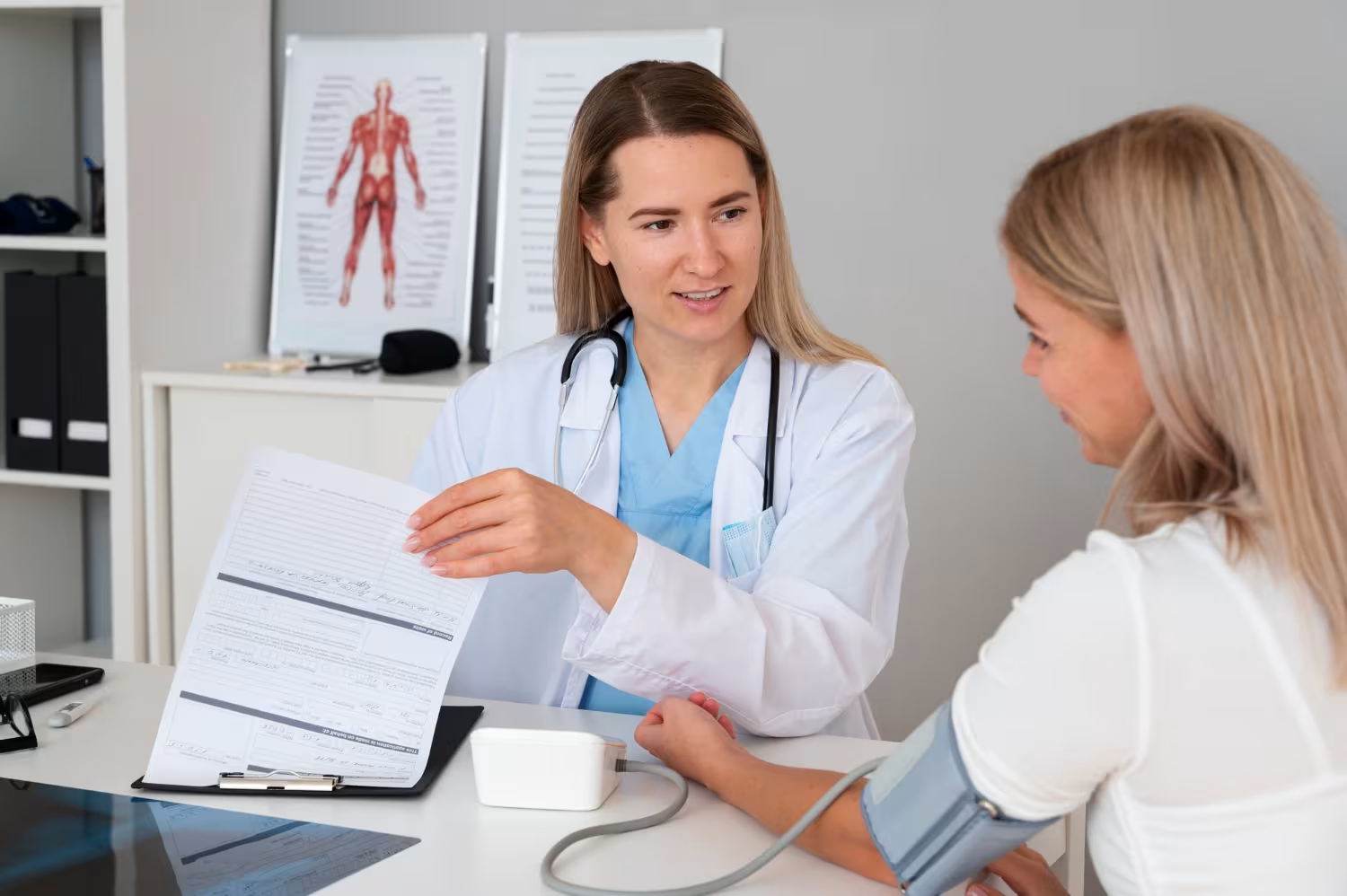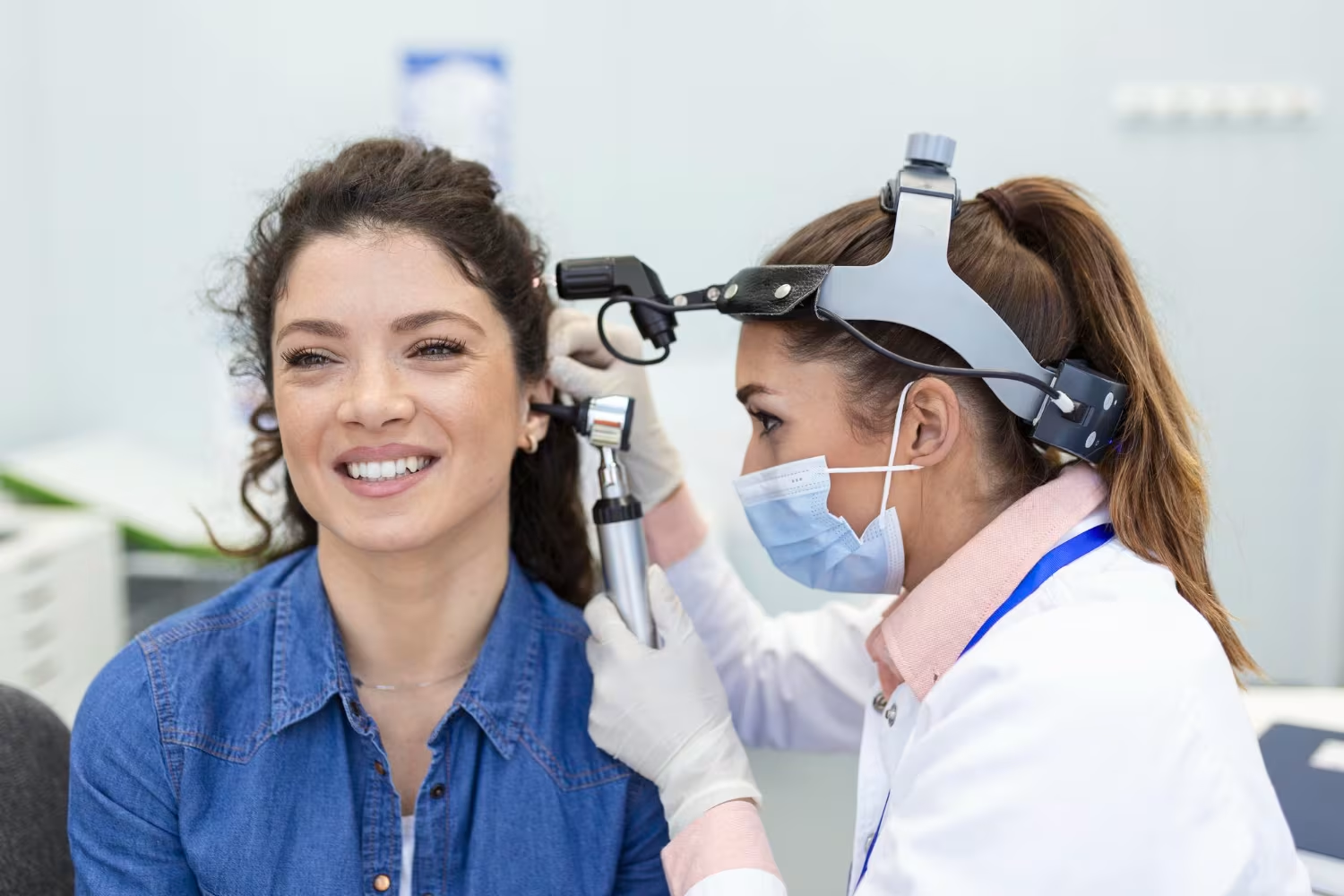.avif)
High cholesterol tends to be a silent issue — many people don’t realise they have it until something more serious happens. But sometimes your body gives you small clues, even on your face, that something may be wrong. In this article I’ll walk you through the key high cholesterol warning signs including signs of high cholesterol on the face and body, how to spot them, what they mean — and what to do about them.
I’ll also share practical, actionable advice, and explain when you should come and see us here at the clinic for tests or treatment.
Cholesterol is a fat-like substance in your blood. You need it in small amounts, but too much can lead to the build-up of fatty deposits in your arteries. Over time these can narrow your arteries, reduce blood flow, and lead to serious problems like heart attacks or strokes.
High cholesterol is often called a “silent” problem, because it may not cause noticeable symptoms at first — which is why knowing the high cholesterol warning signs can be so important.
Sometimes, high cholesterol isn’t just something revealed by a blood test — it can leave visible clues. These are signs of high cholesterol on your face that you might see yourself or your GP might notice.
Here are some of the main facial or eye-related clues:
Note: You can have xanthelasma even if your cholesterol isn't extremely high, but it should trigger you to get checked.
When you notice these facial signs, it doesn’t mean you have heart disease already — but it does mean a check of your blood cholesterol might be very wise.
High cholesterol can affect many parts of your body, especially where blood flow is essential. Here are warning signs to watch out for. Some are less specific (they might be caused by other things too), but combined with risk factors they give valuable clues.
These symptoms may not all be specific to high cholesterol, but when they occur together or if you have known risk factors (age, family history, smoking, poor diet, high blood pressure, diabetes etc.), they become significant high cholesterol warning signs that should prompt medical evaluation.
At the clinic, we specialise in cardiovascular risk assessment and lipid management. Here’s what we offer:
Here are some of the common questions people ask.
The only reliable way is via a blood test measuring cholesterol (a lipid panel). You can't assume from symptoms alone, but visible signs (especially on the face or eyes) plus risk factors can suggest when a test is needed.
Yes, in some cases. If your blood flow is reduced or your heart is working harder due to narrowed vessels, you may feel fatigued. Also, poor circulation or early cardiovascular issues linked to cholesterol can contribute to tiredness.
Alcohol can have mixed effects. Moderate drinking in some people might raise good cholesterol (HDL), but excess alcohol can increase triglycerides, contribute to weight gain, liver problems, and worsen overall cardiovascular risk. So moderation is key.
It can. If cholesterol plaques reduce blood flow to the brain, or cause transient ischaemic attacks (TIAs), dizziness may occur. But dizziness has many possible causes, so it's not specific to cholesterol alone.
The most recognised ones include xanthelasma (yellowish deposits on/around eyelids), rings around the cornea (corneal arcus), and sometimes bumps (xanthomas) or skin discolouration.





